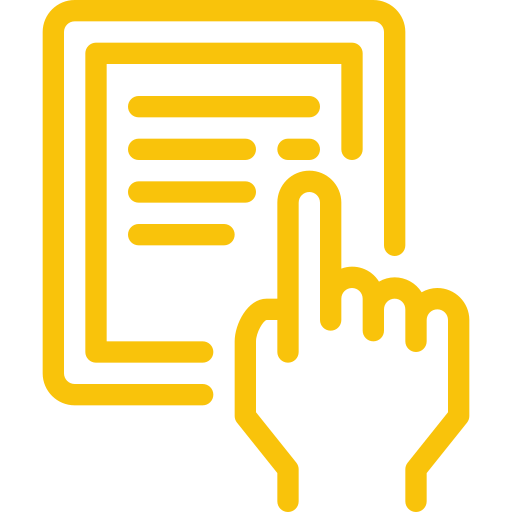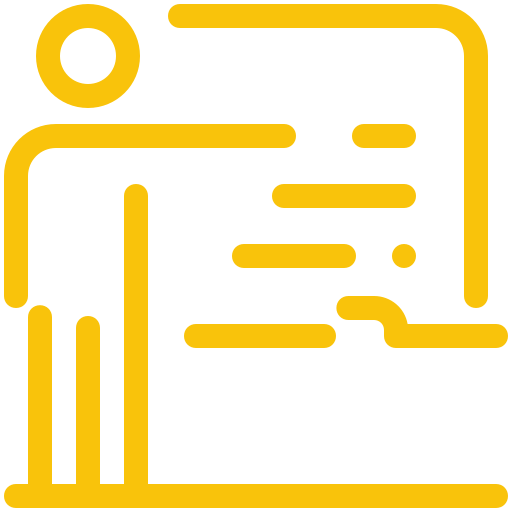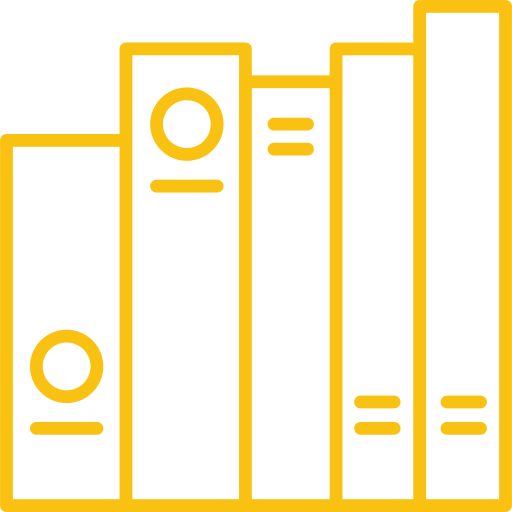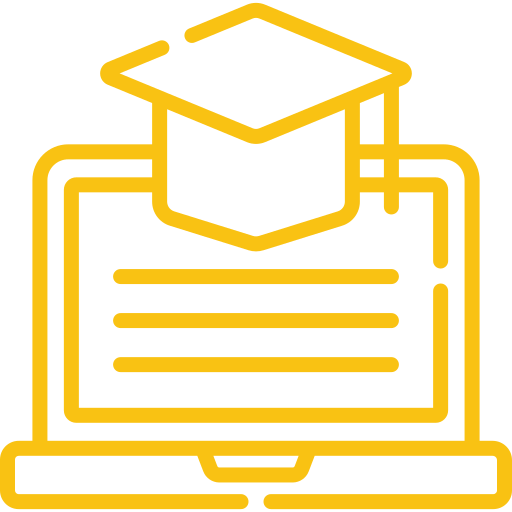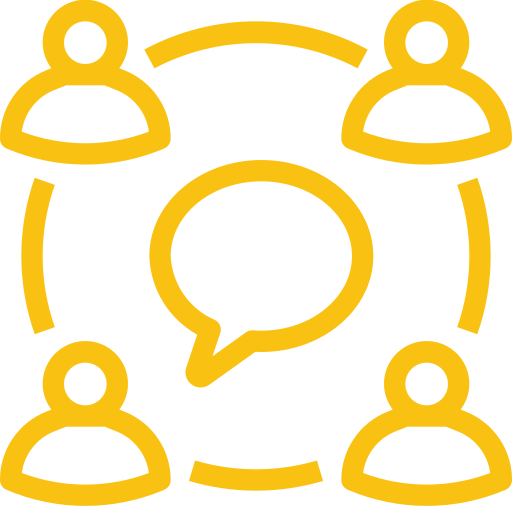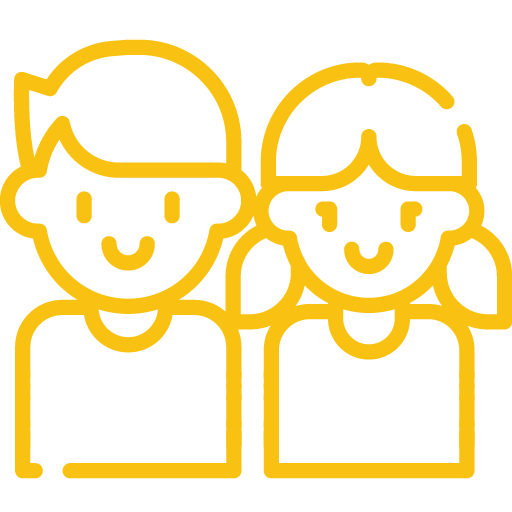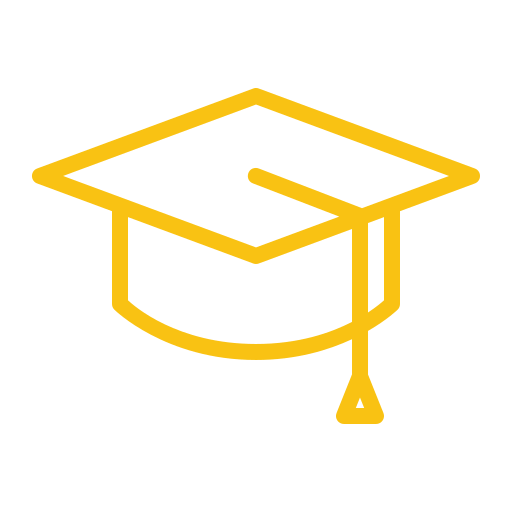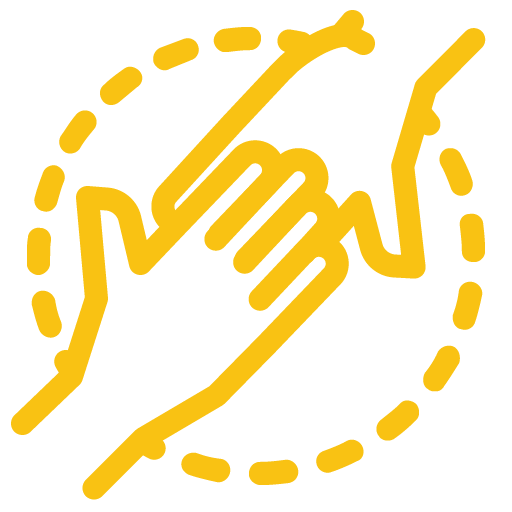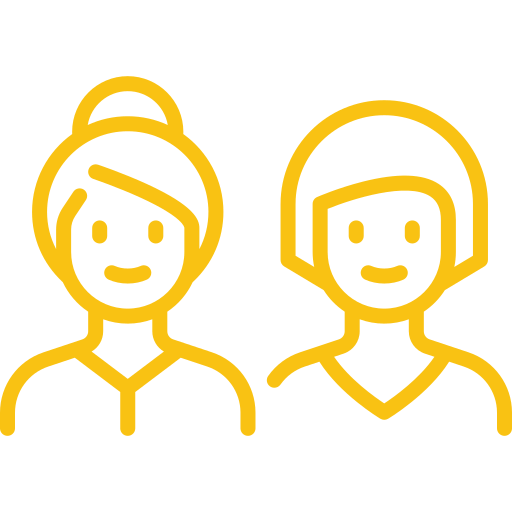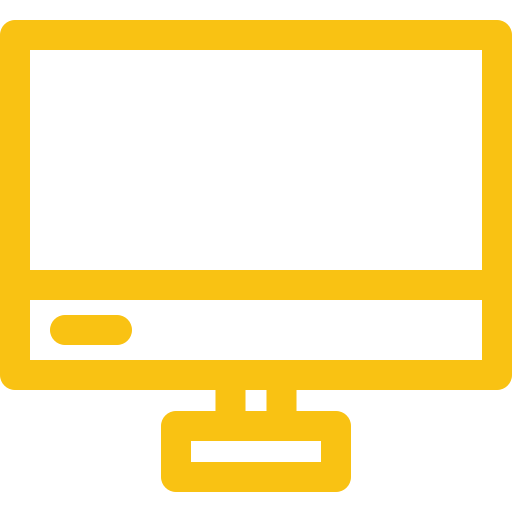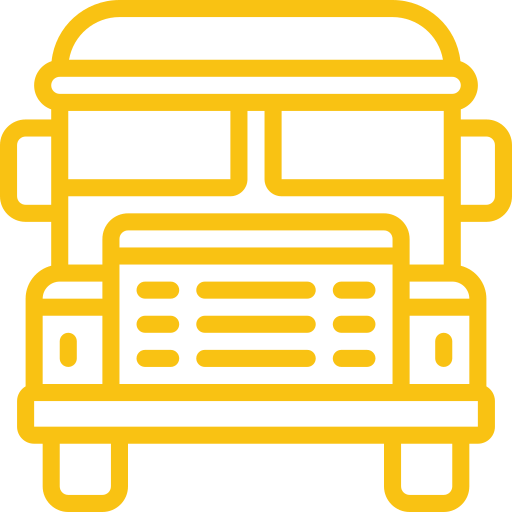Let’s face it, the modern teacher is pulled in so many directions that we have to pick and choose how our time is spent.
So at the beginning of the school year, when you’re busy with the thousand things you need to do, pull up this list of smart goal examples and pick the ones that fit you best.
What are S.M.A.R.T. goals?
The general idea is to set specific goals that achieve specific objectives. For example, we’ll start with one goal (using more technology) and walk through the following criteria, adding to it until it meets the smart goal criteria. The smart acronym (and examples) comes from the following:
Specific: Smart goal setting starts with picking goals that are narrow rather than broad.
Before adding the specific goal: “I want to get better at using projects this year.”
After adding the specific goal: “I will utilize project-based learning this year.”
Measurable: How exactly are you going to measure what you’ve done? What evidence are you providing?
Before adding the measurable portion: “I will utilize project-based learning this year.”
After adding the measure portion: “I will utilize project-based learning this year at the conclusion of each unit, utilizing a rubric.”
Achievable (or attainable): Are you setting an appropriate time frame to accomplish your goals? Are you being too ambitious?
Before adding the achievable portion: “I will utilize project-based learning this year at the conclusion of each unit, utilizing a rubric.”
After adding the achievable portion: “I will utilize project-based learning this year at the conclusion of each unit, based on the plan developed in my PLC, utilizing a rubric.”
Relevant: The best way to develop a relevant goal is to base it on your personal goals, short-term goals, long-term goals, or district goals. If it doesn’t matter to you or the school in some way, it’s not relevant.
Before adding the relevant portion: “I will utilize project-based learning this year at the conclusion of each unit, based on the plan developed in my PLC, utilizing a rubric.”
After adding the relevant portion: “I will utilize project-based learning this year at the conclusion of each unit, based on the plan developed in my PLC. To encourage student buy-in, I’ll be utilizing a rubric developed in conjunction with my students.”
Time-bound: Your action plan should have tasks and timelines, including a starting as well as a specific end date.
Before adding the time-bound portion: “I will utilize project-based learning this year at the conclusion of each unit, based on the plan developed in my PLC. To encourage student buy-in, I’ll be utilizing a rubric developed in conjunction with my students.”
After adding the time-bound portion: “I will utilize project-based learning this year at the conclusion of each unit, based on the plan developed in my PLC. Each portion of the PBL will have 20 minutes of the class period dedicated to its development. To encourage student buy-in, I’ll be utilizing a rubric developed in conjunction with my students.”
It’s a mouthful, but most bosses would be extremely impressed by the depth you went into to develop your goals using this smart framework.
SMART goal examples
There are many possibilities when it comes to smart goals examples, so I’ll do my best to break them into a few categories for you. Just remember to share this out with your friends and coworkers next school year, you’ll be their hero. That’s what a good team member would do!
Some goals may need to be adapted to meet your own teaching goals.
Most of these are open enough to be used by elementary students, middle school students, and with high school students.
You’ll also need to change numbers and content to make sure they are achievable goals, measurable goals, etc. The best place to adapt this is the end, which is mostly left open with a general list of surveys, feedback, and assessments. Feel free to take what’s given and adapt them to become your own goals.
Student centered goals: math
1. By the end of the year, increase the number of students who score proficient or advanced on the state math exam from 60% to 75%, by implementing daily small-group interventions and using formative assessments to track student progress.
2. By the end of the school year, increase the number of students who score proficient or advanced on the state math exam from 60% to 75%, by implementing daily small-group interventions and using formative assessments to track student progress.
3. By the end of the semester, improve student understanding of key math concepts by implementing targeted math interventions and measuring success through formative assessments and student feedback.
4. Over the next semester, increase the number of students who report feeling confident in their ability to solve complex word problems by 30%, by providing targeted instruction on problem-solving strategies and measuring success through student surveys and performance on practice assessments.
5. By the end of the school year, increase the number of students who report feeling engaged and motivated in math class by 50%, by implementing differentiated instruction and providing opportunities for student choice in learning activities.
6. Over the next semester, increase the number of students who report feeling confident in their ability to use technology tools for math learning by 50%, by providing targeted instruction and opportunities for practice and measuring success through formative assessments.
7. By the end of the semester, increase the number of students who demonstrate mastery of basic math facts from 50% to 75%, by implementing daily math fact drills and measuring success through formative assessments.
8. Within the next month, improve student understanding of key statistics concepts by implementing interactive lessons and real-world examples and measuring success through formative assessments and student feedback.
9. By the end of the school year, increase the number of students who report feeling confident in their ability to apply math concepts to real-world situations by 30%, by providing opportunities for real-world problem-solving and measuring success through student performance on assessments and project evaluations.
Student centered goals: reading and writing
10. By the end of the quarter, increase the number of students who demonstrate mastery of writing conventions from 50% to 70%, by providing regular feedback on student writing and implementing targeted mini-lessons on specific writing skills.
11. By the end of the quarter, improve student motivation and engagement in reading by implementing at least three new reading strategies and measuring success through increased reading rates and comprehension scores (may need to add specific numbers).
12. By the end of the semester, improve student performance on writing assessments by 15% by providing targeted feedback on student writing and implementing mini-lessons on specific writing skills.
13. By the end of the semester, increase the number of students who can read at or above grade level from 60% to 80%, by implementing targeted interventions, individualized reading plans, and measuring success through formative assessments.
14. Within the next month, improve student writing skills by implementing mini-lessons on sentence structure and mechanics and measuring success through peer feedback and rubric-based evaluations.
15. By the end of the school year, increase the number of students who report feeling engaged and motivated in reading and writing by 50%, by implementing student-centered instruction and providing opportunities for student choice in learning activities.
16. Over the next semester, increase the number of students who report feeling confident in their ability to use evidence to support their arguments in writing by 50%, by providing targeted instruction on using textual evidence and measuring success through student performance on writing assignments.
17. By the end of the quarter, increase the number of students who demonstrate mastery of grade-level vocabulary from 50% to 75%, by implementing daily vocabulary instruction and measuring success through formative assessments.
18. Within the next month, improve student writing skills by implementing mini-lessons on effective paragraph structure and measuring success through peer feedback and rubric-based evaluations.
19. Over the next semester, increase the number of students who report feeling confident in their ability to analyze literary texts by 30%, by providing targeted instruction on literary analysis techniques and measuring success through student performance on assessments and projects.
20. By the end of the school year, increase the number of students who report feeling confident in their ability to write personal narratives by 50%, by providing targeted instruction on narrative writing techniques and measuring success through student performance on writing assignments and assessments.
Student centered goals: social studies
21. Within the next month, improve student understanding of key historical events and concepts by implementing interactive history lessons and measuring success through formative assessments and student feedback.
22. Over the next quarter, increase the number of students who report feeling confident in their ability to analyze primary source documents by 30%, by providing targeted instruction and measuring success through student performance on assessments.
23. Within the next quarter, improve student understanding of key geography concepts by implementing interactive lessons and real-world examples and measuring success through formative assessments and student feedback.
24. Within the next month, improve student understanding of key civics concepts by implementing interactive lessons and measuring success through formative assessments and student feedback.
25. By the end of the school year, increase the number of students who report feeling engaged and motivated in social studies by 50%, by implementing student-centered instruction and providing opportunities for student choice in learning activities.
26. Over the next semester, increase the number of students who report feeling confident in their ability to analyze and interpret historical maps by 50%, by providing targeted instruction and measuring success through student performance on assessments.
27. By the end of the semester, increase the number of students who demonstrate mastery of grade-level social studies content from 50% to 75%, by implementing daily content-specific instruction and measuring success through formative assessments.
28. Within the next month, improve student understanding of key economics concepts by implementing interactive lessons and real-world examples and measuring success through formative assessments and student feedback.
29. Over the next semester, increase the number of students who report feeling confident in their ability to evaluate multiple perspectives on historical events by 30%, by providing targeted instruction and measuring success through student performance on assessments and projects.
30. By the end of the school year, increase the number of students who report feeling confident in their ability to write historical essays by 50%, by providing targeted instruction on historical writing techniques and measuring success through student performance on writing assignments and assessments.
Student centered goals: science
31. Over the next semester, increase the number of students who report feeling connected to the natural world by implementing outdoor education experiences and measuring success through student surveys and attendance rates.
32. By the end of the semester, increase the number of students who can apply the scientific method to real-world problems from 60% to 80%, by implementing targeted instruction and measuring success through formative assessments.
33. Within the next month, improve student understanding of key physics concepts by implementing interactive lessons and real-world examples and measuring success through formative assessments and student feedback.
34. Over the next quarter, increase the number of students who report feeling confident in their ability to design and conduct experiments by 30%, by providing targeted instruction and measuring success through student performance on assessments.
35. By the end of the school year, increase the number of students who report feeling engaged and motivated in science by 50%, by implementing student-centered instruction and providing opportunities for student choice in learning activities.
36. Over the next semester, increase the number of students who report feeling confident in their ability to analyze and interpret scientific data by 50%, by providing targeted instruction and measuring success through student performance on assessments.
37. By the end of the quarter, increase the number of students who demonstrate mastery of grade-level science content from 50% to 75%, by implementing daily content-specific instruction and measuring success through formative assessments.
38. By the end of the school year, increase the number of students who report feeling confident in their ability to write scientific research papers by 50%, by providing targeted instruction on scientific writing techniques and measuring success through student performance on writing assignments and assessments.
39. Within the next month, increase the number of students who can accurately apply scientific terminology to written and spoken communication by 30%, by providing targeted vocabulary instruction and measuring success through formative assessments and student feedback.
40. Within the next month, increase the number of students who report feeling confident in their ability to apply engineering principles to design and problem-solving by 30%, by providing targeted instruction and measuring success through student performance on assessments and engineering projects.
41. Within the next quarter, improve student understanding of key science concepts by implementing interactive science labs and measuring success through formative assessments and student feedback. (Add the professional standards relevant)
Student centered goals: foreign language
42. Over the next semester, increase the number of students who can carry on a conversation in the target language for at least 10 minutes by 50%, by providing opportunities for speaking practice and measuring success through formative assessments and student feedback.
43. By the end of the school year, increase the number of students who report feeling confident in their ability to read and comprehend written texts in the target language by 50%, by providing targeted instruction on reading strategies and measuring success through student performance on assessments.
44. Over the next semester, increase the number of students who report feeling confident in their ability to write coherent paragraphs in the target language by 30%, by providing targeted instruction on writing techniques and measuring success through student performance on writing assignments and assessments.
45. By the end of the quarter, increase the number of students who can accurately pronounce target language sounds and tones by 50%, by providing targeted pronunciation instruction and measuring success through student performance on pronunciation assessments.
46. Within the next quarter, improve student understanding of key cultural concepts by implementing cultural lessons and activities and measuring success through formative assessments and student feedback.
47. Within the next month, improve student understanding of key vocabulary related to specific industries or professions by implementing targeted instruction and providing opportunities for practice and measuring success through formative assessments and student feedback.
48. Within the next month, improve student understanding of target language grammar rules by 30% through targeted grammar instruction and measuring success through formative assessments and student feedback.
49. By the end of the school year, increase the number of students who can accurately conjugate target language verbs by 50%, by providing targeted verb conjugation instruction and measuring success through student performance on assessments.
50. By the end of the school year, increase the number of students who report feeling confident in their ability to understand target language speakers in movies or TV shows by 50%, by providing opportunities for listening practice and measuring success through student performance on listening assessments.
Student centered goals: physical education and health
51. By the end of the semester, increase the number of students who can complete a 1-mile run without stopping by 50%, by implementing targeted cardiorespiratory endurance activities and measuring success through student performance on fitness tests.
52. Within the next month, improve student understanding of key fitness concepts, such as heart rate, aerobic capacity, and muscular endurance, by implementing targeted instruction and measuring success through formative assessments and student feedback.
53. Within the next month, improve student understanding of key concepts related to substance use and addiction, such as withdrawal and recovery, by implementing targeted instruction and measuring success through formative assessments and student feedback.
54. By the end of the quarter, increase the number of students who report feeling confident in their ability to make healthy food choices by 50%, by providing targeted instruction and measuring success through student assessments and feedback.
55. By the end of the quarter, increase the number of students who can perform basic yoga poses with correct form and technique by 50%, by implementing targeted instruction and measuring success through formative assessments and student feedback.
56. By the end of the semester, increase the number of students who report feeling confident in their ability to recognize and respond to emergency situations, such as choking and CPR, by 50%, by providing targeted instruction and measuring success through student assessments and feedback.
57. By the end of the school year, increase the number of students who can accurately calculate their target heart rate zone for cardio-respiratory endurance activities by 50%, by providing targeted instruction and measuring success through student performance on fitness tests and assessments.
58. Within the next month, improve student understanding of key concepts related to stress management, such as mindfulness and relaxation techniques, by implementing targeted instruction and measuring success through formative assessments and student feedback.
59. Within the next month, improve student understanding of key concepts related to sexual health, such as contraception and STI prevention, by implementing targeted instruction and measuring success through formative assessments and student feedback.
60. By the end of the semester, increase the number of students who report feeling confident in their ability to recognize and manage common mental health issues, such as anxiety and depression, by 50%, by providing targeted instruction and measuring success through student assessments and feedback.
61. Over the next quarter, increase the number of students who report feeling confident in their ability to assess their own health risks, such as family history and lifestyle factors, by 30%, by providing targeted instruction and measuring success through student assessments and feedback.
Student centered goals: general
62. Within the next quarter, improve the quality of student work by implementing a rubric-based assessment system and providing regular feedback on student work. Both the assessment and the feedback will be built in conjunction with student input.
63. Over the next semester, increase the number of students who report feeling prepared for standardized tests by 20%, by providing targeted instruction on test-taking strategies and measuring success through student performance on practice assessments delivered on a weekly basis.
64. By the end of the school year, increase the number of students who report feeling confident in their ability to work collaboratively by 30%, by providing targeted instruction on teamwork and measuring success through student surveys and team project evaluations.
65. Within the next month, improve student time management and study skills by implementing targeted instruction and measuring success through formative assessments and student feedback.
66. Within the next month, improve student ability to give and receive feedback constructively, by implementing targeted instruction and providing opportunities for practice and reflection.
67. By the end of the quarter, increase student ability to apply critical thinking and problem-solving skills to real-world scenarios, by providing targeted instruction and measuring success through student assessments.
68. Within the next month, improve student ability to collaborate effectively with peers on group projects and assignments, by implementing targeted instruction and providing opportunities for practice and reflection.
69. By the end of the quarter, increase student understanding of and appreciation for diverse perspectives and cultures, by providing targeted instruction and opportunities for discussion and reflection.
70. By the end of the semester, increase student ability to use technology effectively and responsibly in support of their learning, by providing targeted instruction and measuring success through student assessments and feedback.
71. By the end of the quarter, increase student ability to work independently and take ownership of their learning, by providing targeted instruction and measuring success through student assessments and feedback.
Parent centered goals
72. Over the next semester, improve parent-teacher communication and engagement by implementing regular parent-teacher conferences, sending weekly progress reports home, and ensuring that all communication is timely, clear, and personalized to each student’s needs. The success of this goal will be measured through parent feedback and improved student attendance and achievement.
73. Over the next semester, reduce student absenteeism by 20%, by implementing a positive attendance incentive program and communicating regularly with parents to address potential barriers to attendance.
74. Within the next month, improve parent engagement by regularly updating the class website with relevant information and resources, by creating a content calendar and communicating it with parents.
75. By the end of the quarter, improve parent satisfaction with teacher communication by creating a parent-teacher communication plan, by including regular newsletters, weekly updates, and parent-teacher conferences.
76. Within the next month, improve parent understanding of the class curriculum by creating a course overview and providing regular updates, by including all relevant course information and regularly communicating updates.
77. By the end of the semester, improve parent understanding of student progress by implementing a student progress report system, by creating a template and providing regular updates to parents.
78. Within the next month, improve parent engagement with student learning by creating a parent-teacher book club, by selecting a book and hosting regular discussions with parents.
Goals centered around lesson plans
79. During each unit, improve student engagement during whole-class instruction by implementing at least two new active learning strategies and measuring success through increased participation rates and student feedback.
80. Within the next month, improve differentiation strategies by incorporating multiple learning modalities into lesson plans, by identifying strategies and incorporating them into future plans.
81. By the end of the semester, improve student engagement by incorporating interactive activities into lesson plans, by identifying the activities and incorporating them into future plans.
82. By the end of the semester, improve feedback and assessment practices by creating lesson plans that incorporate self-assessment and peer-assessment activities, by identifying the activities and incorporating them into future plans.
83. By the end of the semester, improve student engagement by creating lesson plans that incorporate gamification strategies, by identifying the strategies and incorporating them into future plans.
84. Within the next month, improve the classroom environment by creating lesson plans that incorporate mindfulness and relaxation techniques, by identifying the techniques and incorporating them into future plans.
85. By the end of the quarter, build in lessons that involve students creating their own smart goals from a smart goals template designed in class.
Professional development goals
86. By the end of the semester, improve vertical alignment with colleagues by setting up and attending 2 meetings and sharing instructional strategies and growth targets.
87. Within the next quarter, improve technology skills by attending a workshop or training session on a specific technology tool, by identifying the tool and setting a date to attend the workshop.
88. Within the next quarter, improve instructional design skills by attending a training session or workshop on instructional design, by identifying the session or workshop and setting a date to attend.
89. Within the next quarter, improve literacy instruction by attending a workshop or training session on literacy instruction, by identifying the session or workshop and setting a date to attend.
90. Within the next quarter, improve the classroom environment by attending a workshop or training session on creating a positive classroom environment, by identifying the session or workshop and setting a date to attend.
91. By the end of the semester, improve differentiation strategies by attending a workshop or training session on differentiated instruction, by identifying the workshop and setting a date to attend.
Obviously the list could go on and on as you look to learn new things and gain additional support. Another option could be to grow your professional network through groups you join and interact with on a consistent basis.
Learning environment goals
92. Over the next quarter, reduce the number of behavioral referrals by 30%, by implementing a positive behavior support plan and providing targeted interventions for students who struggle with behavior.
93. Over the next quarter, increase the number of students who report feeling connected to their classmates and the school community by implementing team-building activities and measuring success through student surveys and attendance rates.
94. Over the next semester, increase the number of students who report feeling supported and valued in the classroom by implementing restorative practices and measuring success through student surveys and attendance rates.
95. By the end of the school year, increase the number of students who report feeling confident in their ability to set and achieve goals by 30%, by providing targeted instruction on goal-setting and measuring success through student surveys and self-reflection activities.
96. By the end of the semester, increase the number of students who report feeling prepared for college and career by 20%, by providing targeted instruction on college and career readiness and measuring success through student surveys and post-graduation plans.
97. Over the next quarter, increase the number of students who report feeling safe and respected in the classroom by implementing a culturally responsive classroom environment and measuring success through student surveys and attendance rates.
98. By the end of the school year, increase the percentage of students who report feeling comfortable participating in class discussions from 50% to 75%, by implementing structured discussion protocols and providing opportunities for individual and small-group practice.
99. By the end of the quarter, increase student attendance and punctuality by 20%, by implementing strategies such as positive reinforcement and personalized outreach.
Conclusion
As teachers, we have to keep some work-life balance. Our professional life can’t take over our personal life as well.
A great way to save yourself some time is to find a good example of teacher goals listed above, then tweaking them to meet your needs.
A new year means you have a lot on your plate, so let us help you cross off one of those things. Maybe then you can finally enjoy your lunch break for a change!


